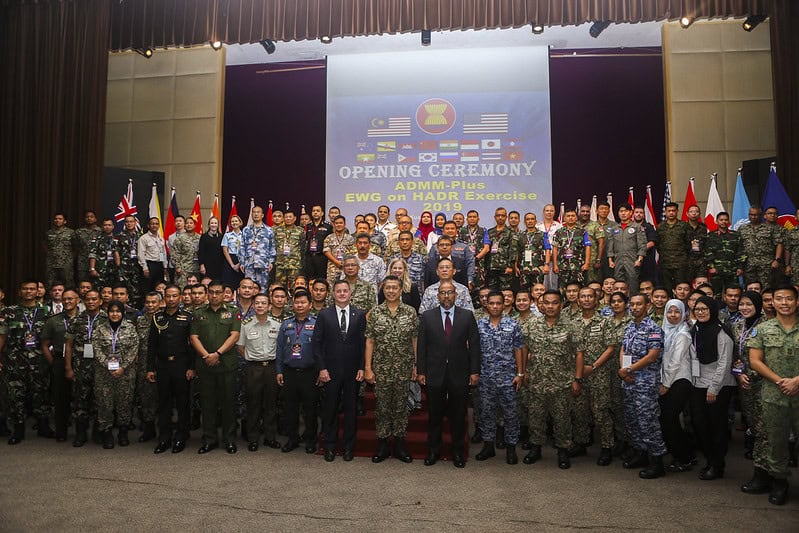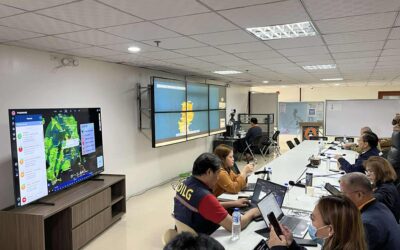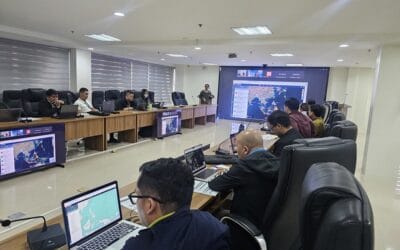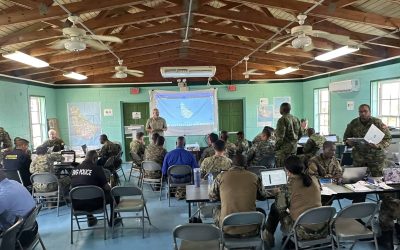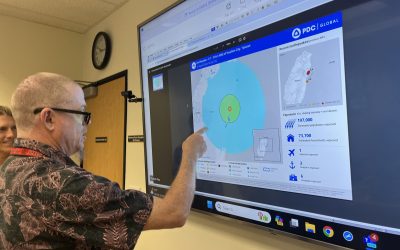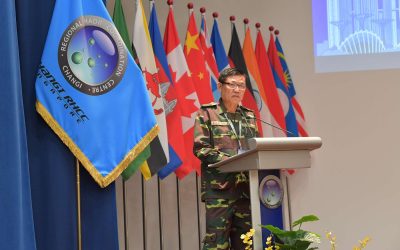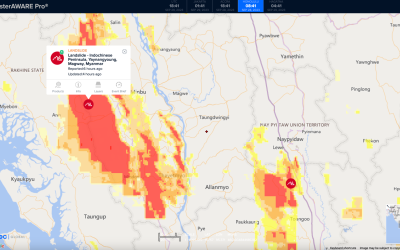In a show of global cooperation, 18 nations came together alongside several international organizations for one of the most ambitious, combined disaster response exercises in Southeast Asia to date. Countries from Europe, Asia, Oceania, and North America participated from their home soil to test communications capabilities and standard operating procedures. The exercise simulated a magnitude 8.9 megathrust earthquake and tsunami event in the Indian Ocean—recalling the actual earthquake and tsunami event that took place in 2004. During the 2004 quake, an event that will forever be imprinted in the hearts and minds of the world, a series of tsunami waves reaching heights of 100 feet leveled the city of Banda Aceh and claimed the lives of more than 100,000 in Indonesia alone. The destruction continued outward as waves rolled over coastlines into Thailand, India, and Sri Lanka, ultimately taking more than 230,000 lives in total.
Based out of Kuala Lumpur, Malaysia, the Humanitarian Assistance/Disaster Relief (HA/DR) communications and staffing exercise took place on July 29-August 2, 2019. The exercise was sponsored by the ASEAN Defence Ministers’ Meeting–Plus (ADMM–Plus). ADMM-Plus is an organization of the militaries of the 10 ASEAN member nations and 8 “Plus” countries, along with intergovernmental and nongovernmental organizations which appoint standing experts’ working groups (EWGs) to advance partnerships on specific defense issues including HA/DR. Malaysia and the United States are the co-chairs of the current three-year EWG humanitarian assistance work plan and chose to partner with the Pacific Disaster Center (PDC) to help support the effort.
During the exercise, humanitarian assistance and disaster response (HA/DR) organizations, representing multiple sectors including regional and national actors like the ASEAN Humanitarian Assistance (AHA) Centre and the United Nations, worked together to exercise skills, communications, training, and technology. “This exercise is the culminating event of the EWG, designed to test standard procedures for how ASEAN and Plus militaries will support civil authorities during an extreme event like the 2004 Indian Ocean tsunami,” said Pacific Disaster Center (PDC) Liaison and Exercise Lead Jared Batzel on PDC’s supporting role during the exercise. PDC was requested by the ADMM-Plus Secretariat to help develop the scenario, script, and communication for the exercise using its early warning, hazard monitoring, and decision support platform, DisasterAWARE.
“This is a very dynamic mission, as we gather up all the experts to come together to pursue a solution to a complex problem,” said Royal Malaysian Navy First Admiral Chan Peng Cheong, Assistant Chief of Staff and exercise director. “So that, when the disaster happens, it will definitely reduce the severity of the impact. This is why we are here.”
According to Jenifer E. Smoak, Senior Director, Humanitarian Assistance and Disaster Relief, United States Department of Defense and United States ADMM-Plus EWG on HADR Co-Chair, the 2004 Indian Ocean tsunami generated heightened international focus on the need for coordinated communication, disaster response, and relief globally. “Bringing together both ASEAN Member States and dialogue partners, the ADMM-Plus forum is a unique opportunity to share our collective expertise and experience to advance ASEAN HADR capabilities in a practical manner,” said Smoak.
According to the AHA Centre’s Executive Director, Adelina Kamal, the AHA Centre has been, from inception, a central force within the region to advance cooperation on disaster response. “This HA/DR Exercise sponsored by ADMM-Plus is testimony to how far we’ve all come in civil-military coordination for disaster response since the 2004 tsunami,” said Kamal. She continued, “We will not let our guard down, but instead continue our work with the same level of vigilance to ensure we achieve the ‘One Asean—One Response’ vision; ready to face the many challenges ahead including emerging threats from extreme weather events and other potential manmade disasters.” Indonesia’s national disaster management organization Badan Nasional Penanggulangan Bencana (BNPB) supported the sentiments of the AHA Centre. Dr. Agus Wibowo, Head of Data, Information, and Public Relations for BNPB said, “This exercise is of critical importance as it not only allows us to put to the test our InAWARE system, but the standard operating procedures we’ve worked so hard over the last five years to institutionalize and adopt at the national level.”
PDC’s Director of Global Operations Dr. Erin Hughey, echoed Ms. Kamals’ sentiments by congratulating everyone involved in the exercise, which she described as very multi-faceted. “It’s a level of response and cooperation we’ve all be working towards, and through this exercise are successfully and confidently able to say we can achieve should an unfortunate, real-world event of this great magnitude take place once again. In the twenty-first century, nations can no longer afford to go it alone.”
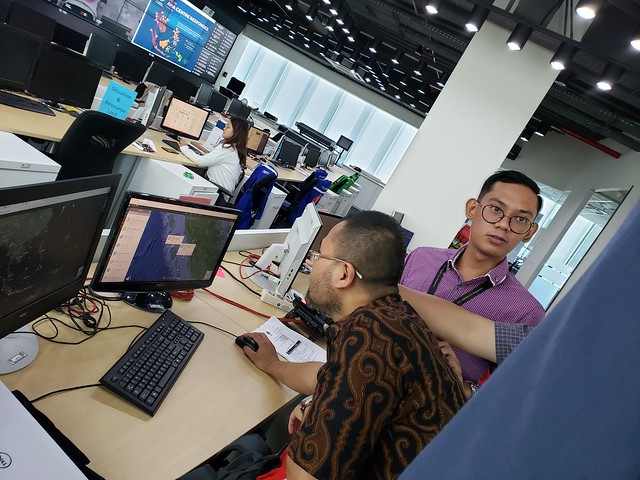
ABOUT PDC
Pacific Disaster Center (PDC) is a leading scientific innovator of global risk reduction science and technology. As a University of Hawai’i applied science and research center, our work intersects with a variety of government, community, academic, and scientific organizations at home and around the world to build resilience to natural and man-made hazards—enhancing the capacity to quickly and accurately anticipate and prepare for new and emerging threats. Our innovations in multi-hazard early warning systems, predictive analytics, data science, and machine learning provide decision-makers with the powerful tools and insights they need to navigate today’s complex and interconnected risk landscape.
